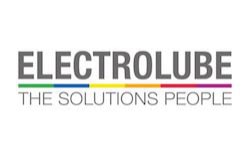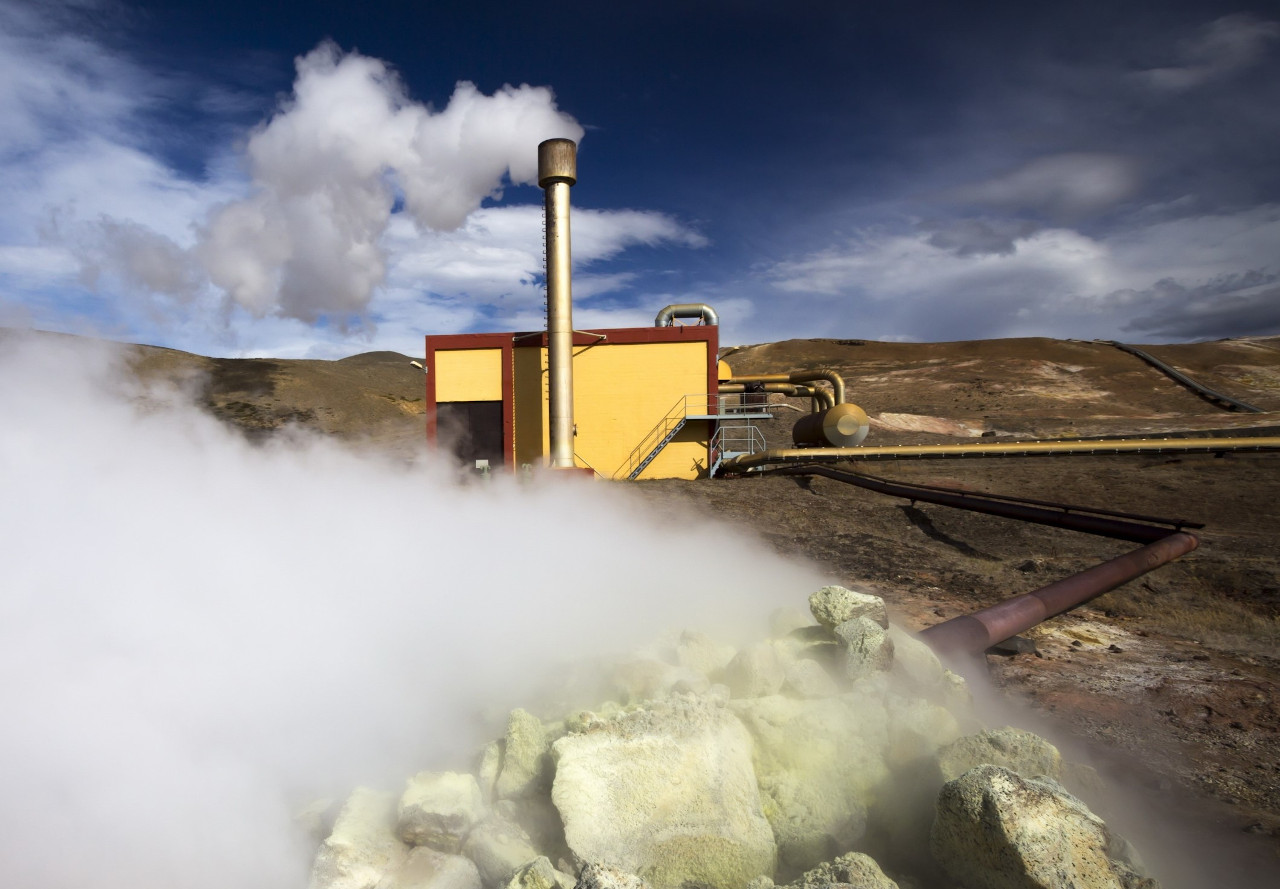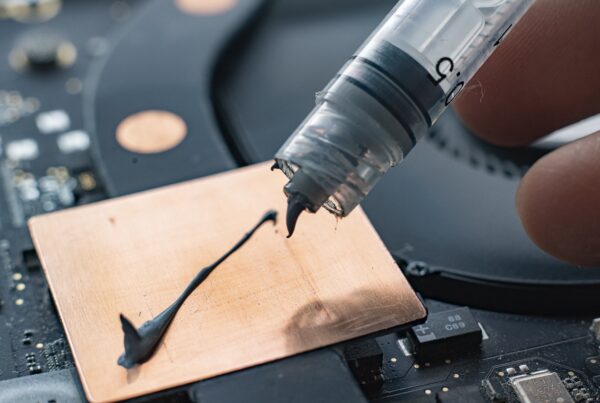
THE ROLE OF ELECTRONIC PROTECTION IN RENEWABLE ENERGY SOURCES
(part two)
WIND ENERGY.
More than 5600 wind power plants are currently in Italy, providing a total capacity of 10 GW, but this capacity is expected to grow significantly by 2030. Wind-powered mechanical mills have been used since Persian times; if you ask someone to suggest the most iconic green energy source, they will probably point to wind power as the most recognizable. Wind systems capture the energy given by wind flow through the use of turbines and convert it into electricity. Large commercial wind turbines in wind farms can generate a large amount of energy, while individual mini-wind turbines installed for private use are mainly used as a supplement to pre-existing energy sources.

Traditional aerogenerators are huge structures with very large blades that in turn power a rotor. This turns the shaft inside the turbine, powering a generator to convert it into electricity. Wind turbines can contain up to 8,000 separate parts including gearboxes, power systems, generators, sensors and electronic control devices. One of the key challenges is to assemble these huge devices, enabling their long life and smooth operation. All electronics and components mounted in the wind turbine must also be able to withstand constant vibration, extreme temperature variations, widely varying environmental conditions. Longevity of component life along with reduced maintenance costs are key factors in the performance of a wind energy system. These require the use of reliable protection systems through conformal coating, encapsulating resins, or sometimes a combination of both.
Also in the wind power sector, Electrolube was also faced with demands for less polluting products in terms of the choice of thermal management materials. And very interesting to see how developers of renewable energy solutions take into account all the impacts that a technology can mean on the environment. In particular, the materials that make up the thermal interface must be completely eco-friendly, thus excluding all previous solutions containing zinc oxide. To solve this problem, Electrolube has developed HTCX_ZF, an application-specific product that uses alternative zinc oxide conductors (considered highly toxic to the marine ecosystem and classified as H410). The product also offers higher thermal conductivity than the standard material, thus providing higher heat dissipation efficiency in customer tests.
For the future, alternative turbines are also being developed that will provide a more aesthetically pleasing appearance within the natural landscape. An example of this is the Vortex turbine, which has no blades at all. This system works by harnessing the energy generated by the oscillation of the tower, thereby eliminating many mechanical components and greatly reducing production, operational, and maintenance costs. Interference to radio signals will also be greatly reduced, as will the structure’s footprint and impact on the surrounding environment and wildlife during installation. Crosswind kite power technology aims to convert wind power into mechanical power via a sail connected to a rope system. This is yet another example of how applications and potentials in the field are constantly developing and evolving.

The location of the wind farm is as important as the location of any other renewable energy site. In offshore wind farms (placed in deep water far from the coast), for example, conditions are much more extreme and corrosive elements such as salt spray can have an extremely severe effect on mechanical and electrical parts. With expertise in electronic devices for marine applications, Electrolube is ideally positioned to offer support and advice on protective compounds suitable for such applications, using experience gained from multiple industries and the different types of products offered in our range. By combining a high understanding of the required protection levels with proper thermal management and the specificity of various applications, such as LED technology, we are able to select the best products for even the most complex and critical applications. Our experience with Electrolube products used to protect outdoor lighting systems, such as shopping malls, sports arenas, and even aircraft runways, gives us confidence and insight into the potential behavior of these products when applied, for example, in wind turbine warning lights. Our knowledge in applications where wireless data transfer is required gives us additional advantages that can be replicated in this type of lighting, even in such harsh outdoor conditions.
GEOTHERMAL ENERGY
Geothermal energy harnesses heat trapped beneath the Earth’s crust that often escapes naturally in the form of volcanoes or geysers. Using the heat produced by geothermal sources, it is possible to capture steam from the heated water below the surface of the earth and use it to drive a turbine. While this renewable energy source certainly has great potential for growth given the advantages given by its inherent ability to replenish itself naturally and rapidly, one must consider the risks and costs involved in having to operate and place power plants in seismic and volcanic areas. Hydrogen can be used as a clean fuel and also for fuel cells (similar in structure to car batteries) and then to power electric motors. Unfortunately, hydrogen does not occur naturally as a gas and must be separated from other elements to be used as fuel or electricity. This means that the production of this type of energy requires a high amount of other energy to complete, and thus does not allow for the same degree of efficiency associated with other renewable sources. Another very interesting form of renewable energy, it is emission-free and comes from organic waste, using the waste products of everyday life. Biomass is an alternative fuel made from organic materials, including wood, crops, plants, animal waste and more. Biomass products are burned inside a combustion chamber, generating a source of steam capable of turning a turbine and thus producing electricity. Traditional coal-fired power plants can easily be converted to operate entirely on biomass fuel. Biomass, hydropower and wind power are therefore the three resources we depend on most to achieve cleaner energy goals and to achieve carbon emission reductions.

In all energy cases considered, electronic devices are required to measure and monitor plant performance. It is clear that in most of these situations the outdoor environment is the key to success, and careful planning of the location and placement of these will be rewarded with high efficiency and productivity. Weather stations are yet another example of an external device that helps provide critical data for planning a new production site. Such weather stations enable more effective management of facilities by allowing continuous monitoring of outdoor conditions and can include a multitude of devices: data detector, communication systems, sensors for barometric pressure, wind speed and direction, temperature, and humidity to name a few. All of these devices, including the power supply used to operate them, will require some form of protection from external conditions, as well as heat dissipation using thermal management products to prevent overheating. Without these electrochemical solutions, the devices could not function under the conditions of use for extended periods of time.
Although the increasing degree of reliability and efficiency in renewable energy sources is highly dependent on the equipment used for production, which is characterized by a significant amount of moving parts, it is clear that electronic developments have been and will be critical to the development and integration of these sources into our daily lives. Over time, power generation is likely to become even more automated and increasingly intertwined with information technology. Efficiency and reliability will further increase as the level of artificial intelligence increases. Thermal management materials, conformal coatings and encapsulating resins play a central role in the protection, reliability and durability of devices used in renewable energy production.



